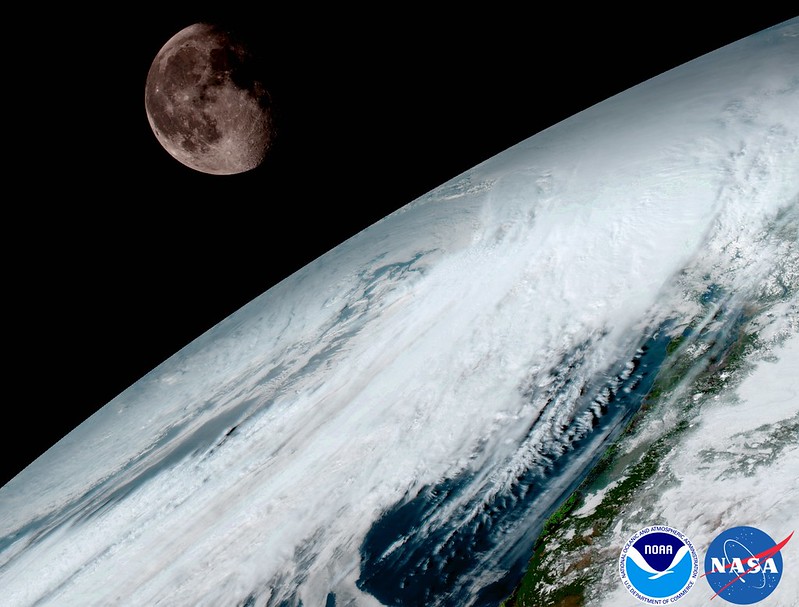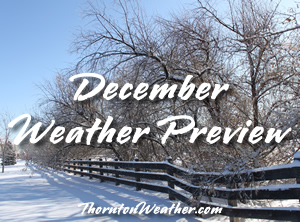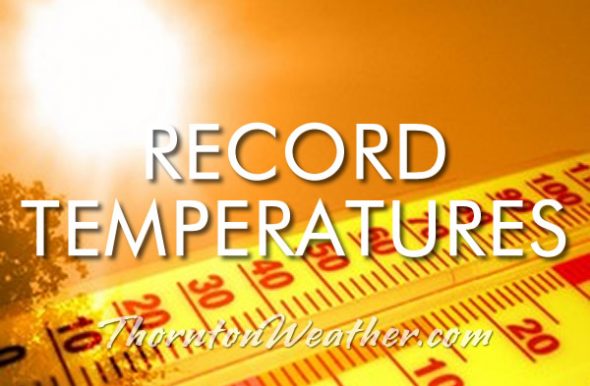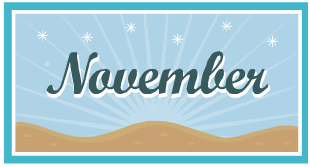The month of December brought colder and wetter than normal conditions to Thornton and in January we continued that trend with more of the same and our first month of the season with above average snowfall.
January started out warmer than normal but on the third that changed with a system that sent temperatures plummeting for five days. From the 3rd to the 7th the mercury failed to even climb above freezing and we saw three overnight lows dip to zero or below. The period also brought 7.4 inches over a three day period from the 3rd to the 5th.
Once that system moved out, we returned to warmer and dry conditions for four days then saw light snow on the 11th and 12th followed by colder temperatures through the 16th. The 16th also brought our last measurable snow for the month.
The last half of the month was relatively uneventful and the final three days saw highs climb over the 60 degree mark.
Thornton saw an average temperature in January of 29.5 degrees. This is a good ways below the long term Denver average for the month of 30.7 degrees. Out at DIA where Denver’s official measurements are kept, it was slightly warmer with an average of 30.0 degrees.
Temperatures in our part of town ranged from a high of 66 degrees on January 31 down to a low of 9.4 degrees below zero on the morning of the 6th. Denver saw its warmest reading of 63 degrees on the 30th and its coldest of 7 below zero on the morning of the 6th.
In terms of precipitation, the Mile High City averages 0.41 inches in January. Both Thornton and Denver came in wetter than that with 0.77 inches and 0.54 inches of liquid precipitation at those locations respectively.
Thornton welcomed a respectable 10.0 inches of snowfall during the month. Out at the airport, their total lagged ours with a reading of 6.3 inches. On average Denver receives 7.0 inches during the month.
Click here to view Thornton’s January 2017 climate report.
From the National Weather Service:
...THE DENVER CO CLIMATE SUMMARY FOR THE MONTH OF JANUARY 2017...
CLIMATE NORMAL PERIOD 1981 TO 2010
CLIMATE RECORD PERIOD 1872 TO 2017
WEATHER OBSERVED NORMAL DEPART LAST YEAR`S
VALUE DATE(S) VALUE FROM VALUE DATE(S)
NORMAL
................................................................
TEMPERATURE (F)
RECORD
HIGH 76 01/27/1888
LOW -29 01/09/1875
HIGHEST 63 01/30 76 -13 65 01/30
LOWEST -7 01/06 -29 22 5 01/10
AVG. MAXIMUM 42.3 44.0 -1.7 43.5
AVG. MINIMUM 17.7 17.4 0.3 20.1
MEAN 30.0 30.7 -0.7 31.8
DAYS MAX >= 90 0 0.0 0.0 0
DAYS MAX <= 32 8 5.5 2.5 3
DAYS MIN <= 32 30 29.4 0.6 30
DAYS MIN <= 0 2 1.7 0.3 0
PRECIPITATION (INCHES)
RECORD
MAXIMUM 2.35 1883
MINIMUM 0.01 1933
1934
1952
TOTALS 0.54 0.41 0.13 0.50
DAILY AVG. 0.02 0.01 0.01 0.02
DAYS >= .01 3 4.1 -1.1 5
DAYS >= .10 3 0.9 2.1 3
DAYS >= .50 0 0.0 0.0 0
DAYS >= 1.00 0 0.0 0.0 0
GREATEST
24 HR. TOTAL 0.34 01/04 TO 01/05
SNOWFALL (INCHES)
TOTALS 6.3 7.0
JANUARY RECORD SNOWFALL
24.3 1992
DEGREE_DAYS
HEATING TOTAL 1075 1063 12 1021
SINCE 7/1 3117 3531 -414 3208
COOLING TOTAL 0 0 0 0
SINCE 1/1 0 0 0 0
FREEZE DATES
RECORD
EARLIEST 09/08/1962
LATEST 06/08/2007
EARLIEST 10/07
LATEST 05/05
.........................................................
WIND (MPH)
AVERAGE WIND SPEED 9.0
RESULTANT WIND SPEED/DIRECTION 3/223
HIGHEST WIND SPEED/DIRECTION 37/280 DATE 01/10
HIGHEST GUST SPEED/DIRECTION 53/270 DATE 01/09
SKY COVER
POSSIBLE SUNSHINE (PERCENT) MM
AVERAGE SKY COVER 0.60
NUMBER OF DAYS FAIR 5
NUMBER OF DAYS PC 20
NUMBER OF DAYS CLOUDY 6
AVERAGE RH (PERCENT) 59
WEATHER CONDITIONS. NUMBER OF DAYS WITH
THUNDERSTORM 0 MIXED PRECIP 0
HEAVY RAIN 0 RAIN 0
LIGHT RAIN 0 FREEZING RAIN 0
LT FREEZING RAIN 0 HAIL 0
HEAVY SNOW 1 SNOW 2
LIGHT SNOW 9 SLEET 0
FOG 11 FOG W/VIS <= 1/4 MILE 2
HAZE 7
- INDICATES NEGATIVE NUMBERS.
R INDICATES RECORD WAS SET OR TIED.
MM INDICATES DATA IS MISSING.
T INDICATES TRACE AMOUNT.


 As we begin the new year the winter chill begins to set in. While January can see its share of extremes, the month historically sees stable temperatures and is usually relatively dry.
As we begin the new year the winter chill begins to set in. While January can see its share of extremes, the month historically sees stable temperatures and is usually relatively dry.
 The month of December brings with it the official start of winter and oftentimes, colder and snowier weather conditions. It however can also offer unseasonably warm temperatures and bone dry conditions. Given our recent mild and dry weather, we are certainly hoping for a change in the coming month.
The month of December brings with it the official start of winter and oftentimes, colder and snowier weather conditions. It however can also offer unseasonably warm temperatures and bone dry conditions. Given our recent mild and dry weather, we are certainly hoping for a change in the coming month.
 The weather during the month of November in Denver metro area can offer just about anything. While it is normally a quiet month, it can be prone to extremes.
The weather during the month of November in Denver metro area can offer just about anything. While it is normally a quiet month, it can be prone to extremes.